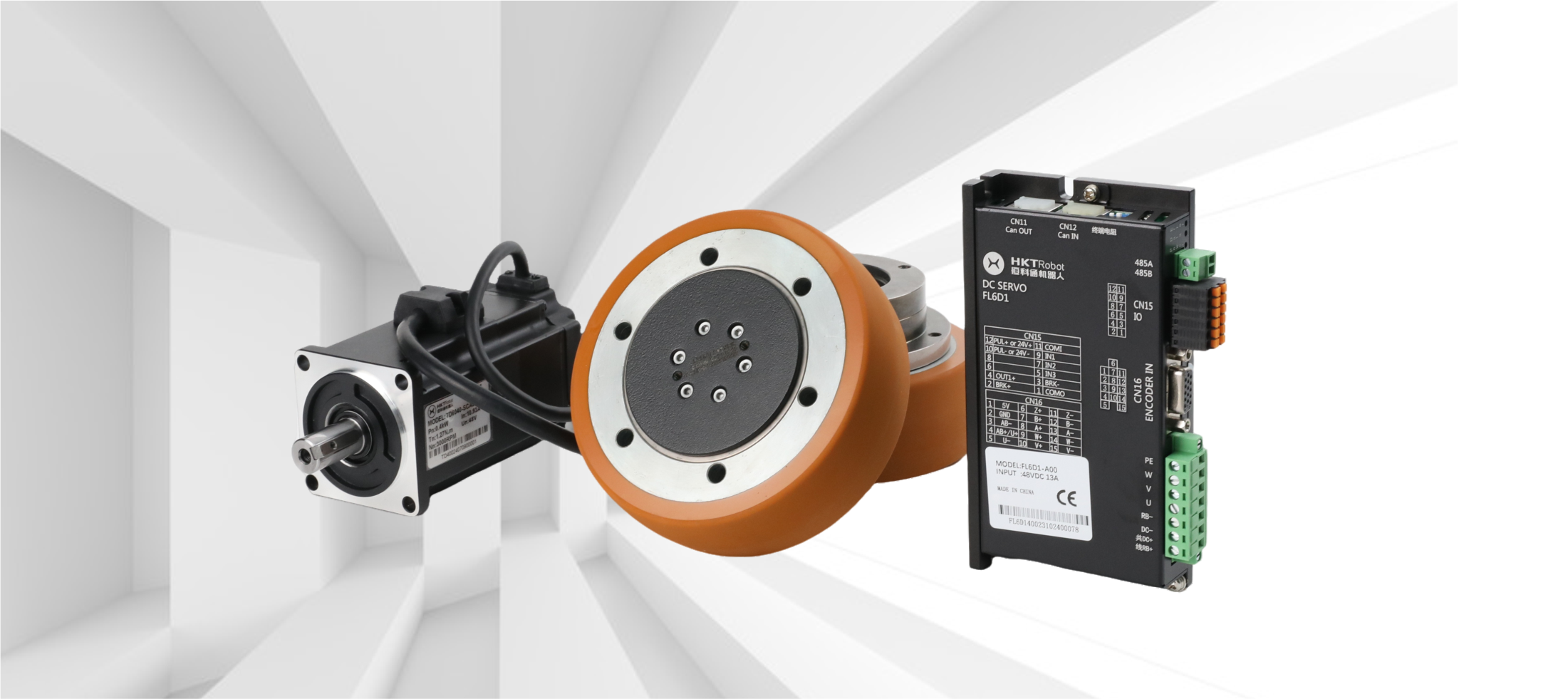In modern automation, Automated Guided Vehicles (AGV) are pivotal for enhancing operational efficiency across various industries. Central to AGVs' functionality are controllers and drive systems that enable precise navigation and performance. This blog explores key components, including AGV controllers, AMR controllers, DC servo controllers, and integrated servo drives.
AGV and AMR Controllers
AGV controllers manage the operation and movement of automated guided vehicles, interpreting data from sensors and communicating with the AGV drive system for accurate navigation. In contrast, AMR (Autonomous Mobile Robot) controllers allow for flexible navigation and decision-making, enabling vehicles to adapt to dynamic environments.
Key Features:
- **Real-time Data Processing**: Continuous processing of sensor data for instant decision-making.
- Path Planning: Advanced algorithms enable efficient navigation while avoiding obstacles.
- Communication Capabilities: Support for various communication protocols ensures interoperability.
The Role of DC Servo Controllers
DC servo controllers are crucial for precise motor control in AGV systems, allowing vehicles to accelerate, decelerate, and maintain speed accurately.
Benefits:
- High Precision: Fine-tuned control ensures accurate positioning and movement.
- Energy Efficiency: Optimized energy use reduces operational costs.
AGV Drive Systems and Integrated Servo Drives
An AGV drive system includes components such as the AGV drive unit, which translates electrical energy into mechanical motion. Integrated servo drives combine the motor and controller into a single unit, simplifying installation and reducing space requirements.
Advantages of Integrated Servo Drives:
- Compact Design: Reduces the overall system size for efficient space use.
- Simplified Maintenance: Fewer components lead to lower maintenance needs.
AGV Vehicle Controllers and Servo Drives
AGV vehicle controllers coordinate all movements and functions, ensuring that all systems work harmoniously. AGV servo drives provide precise motion control, essential for applications requiring high torque and speed control, such as material handling.
Benefits of AGV Servo Drives:
- Enhanced Performance: Enable smooth, precise movements for operational efficiency.
- Adaptive Control: Programmable to adapt to different payloads and conditions.
Conclusion
As industries embrace automation, the significance of AGV controllers, drive systems, and integrated solutions continues to grow. These technologies are vital for ensuring smooth AGV operations, enhancing productivity, and reducing costs. By leveraging advancements in DC servo controllers and integrated systems, businesses can optimize their AGV solutions for a more efficient and agile operational framework. The future of automation is here, driven by intelligent controllers and innovative drive technologies.

Share:
Revolutionizing Automation: The Impact and Future of Servo Drivers
Choosing the Right Stepper or Servo Motor for Industrial Automation Equipment